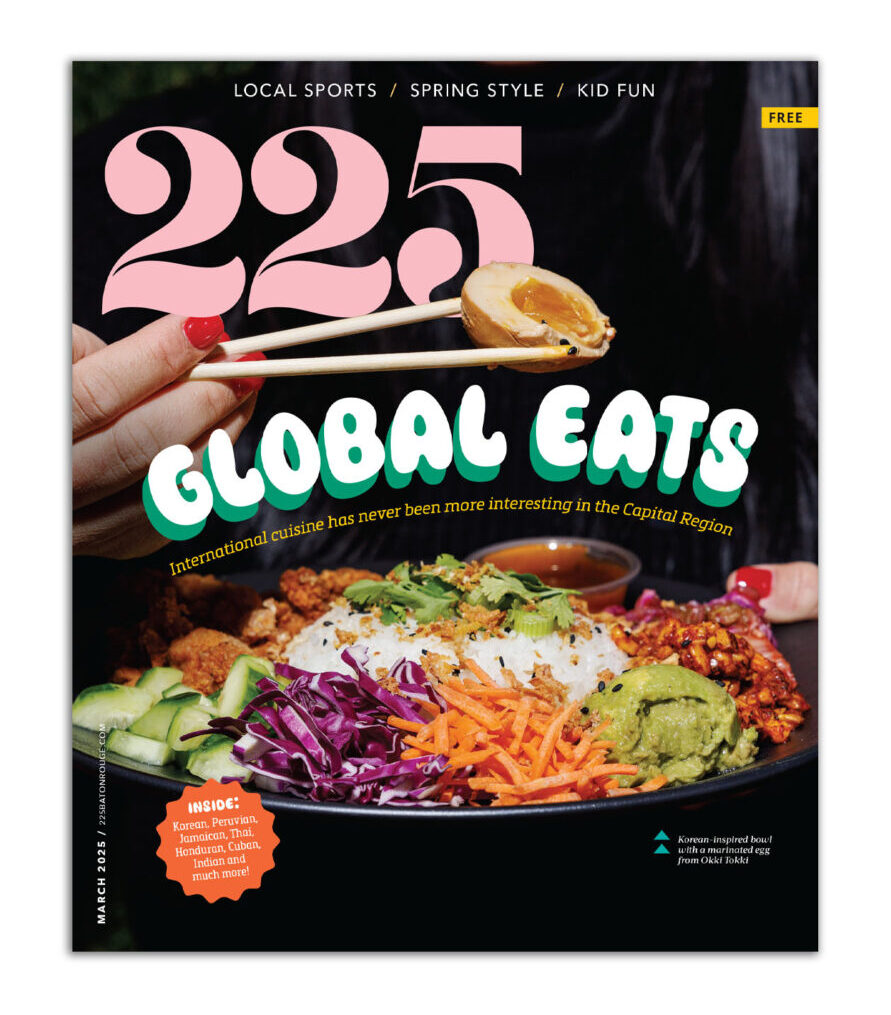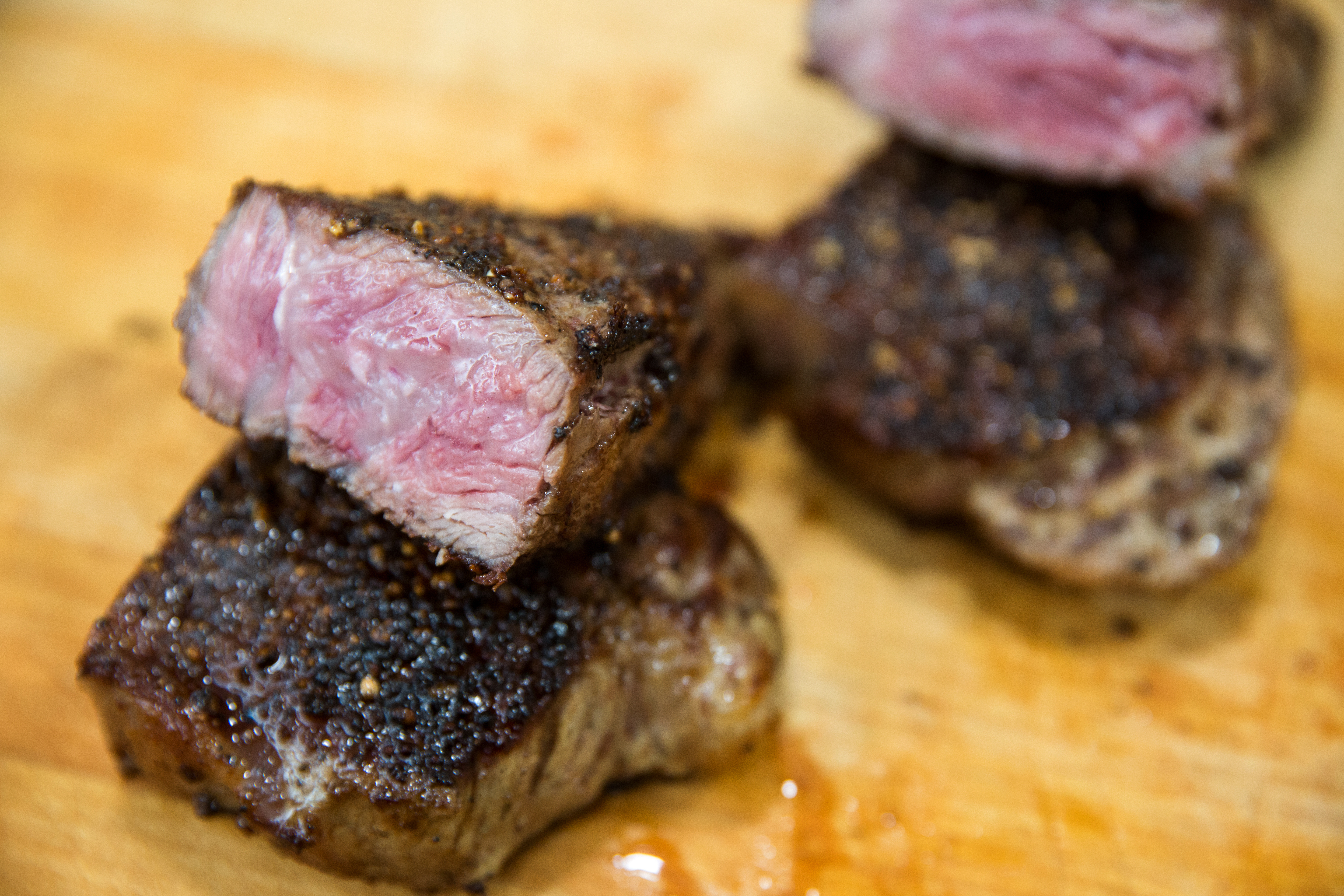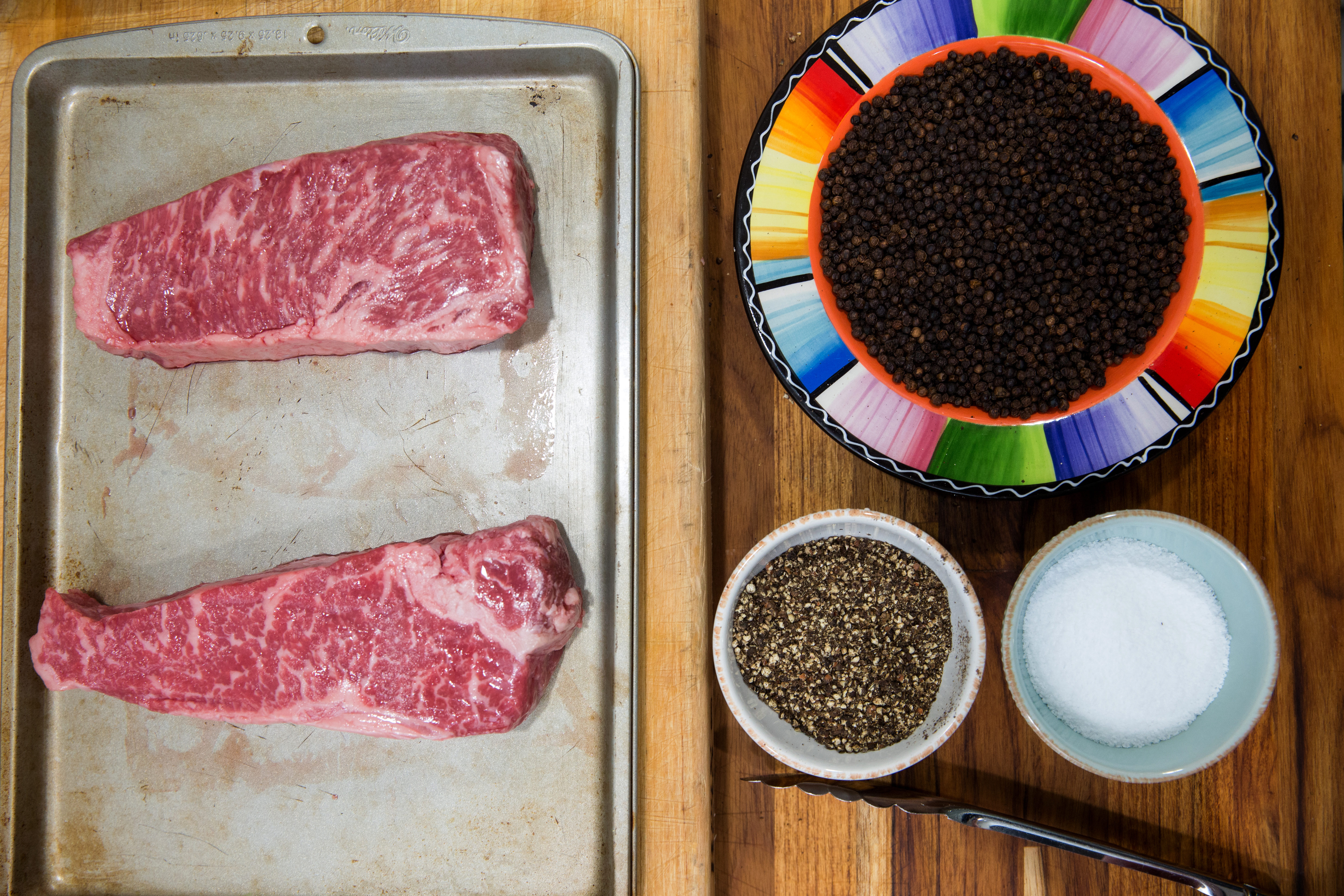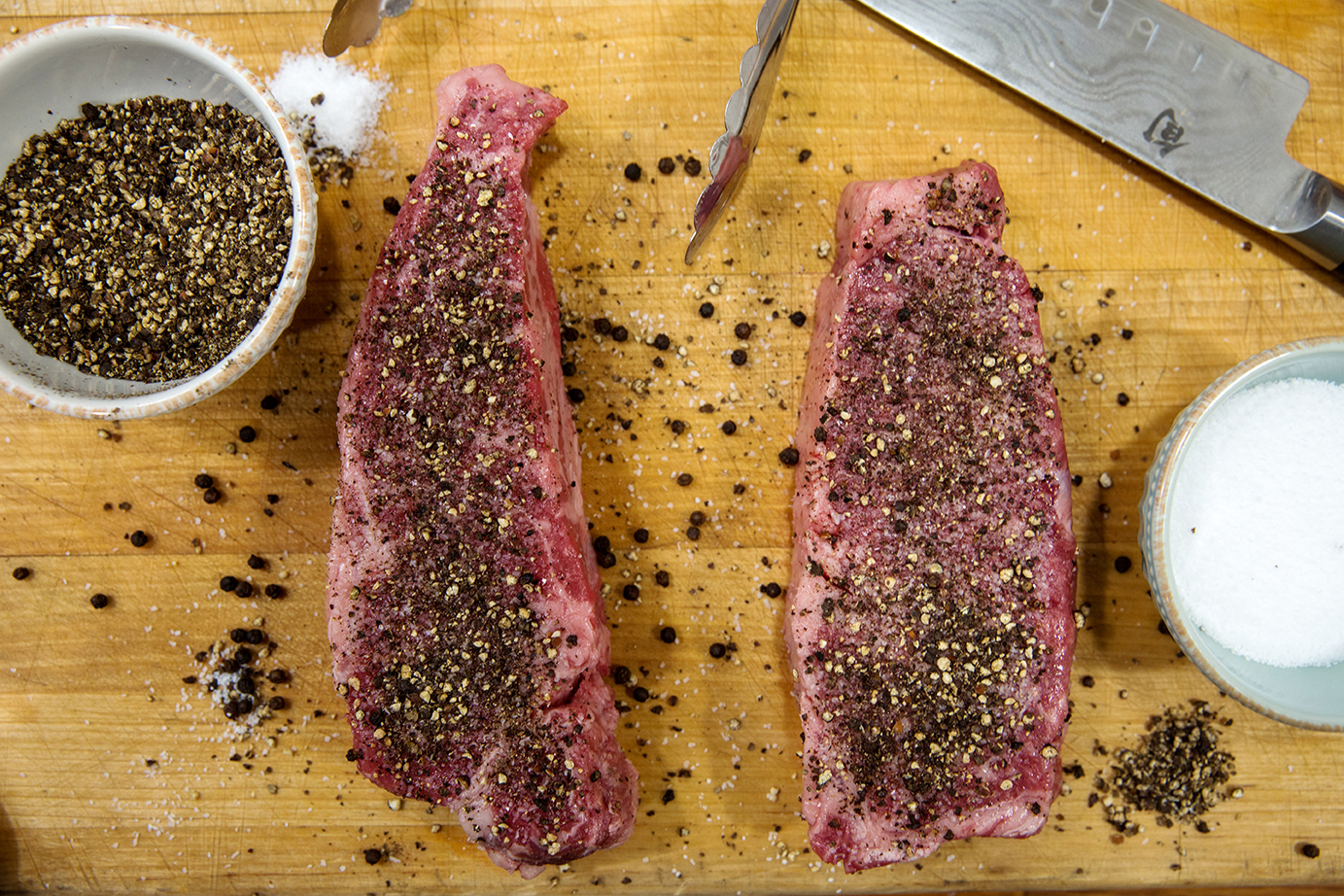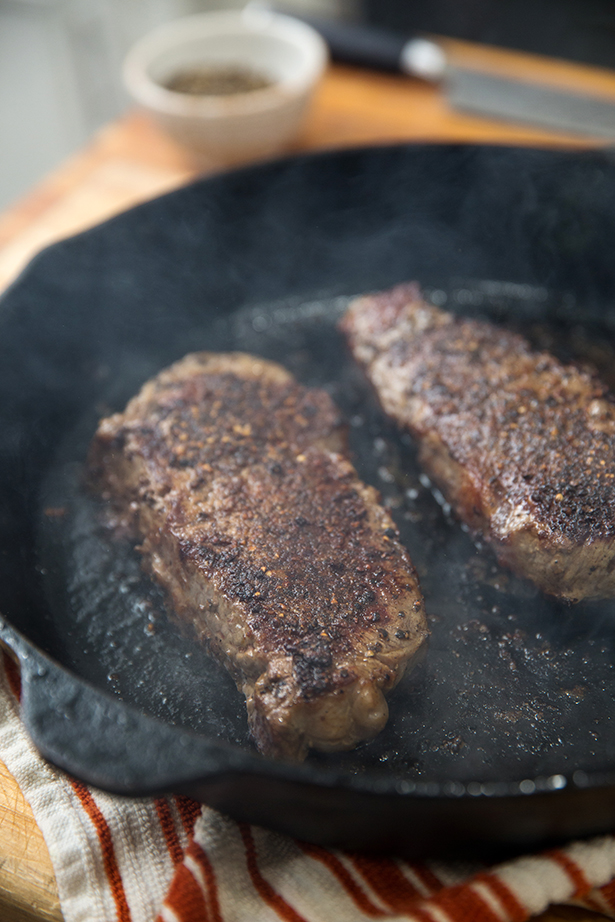It’s been a long and winding road of proteins for Chef Eusebio Gongora.
 The current chef at Southfin Southern Poké spent years searing steaks at Fleming’s Steakhouse and braising pork at City Pork Brasserie & Bar before switching to raw fish. He convinced his father, a skeptical Mexican immigrant with an aversion to raw meat, to try the Pacific-inspired raw offerings at Southfin’s grand opening, and even he was won over.
The current chef at Southfin Southern Poké spent years searing steaks at Fleming’s Steakhouse and braising pork at City Pork Brasserie & Bar before switching to raw fish. He convinced his father, a skeptical Mexican immigrant with an aversion to raw meat, to try the Pacific-inspired raw offerings at Southfin’s grand opening, and even he was won over.
“The beauty of my journey with food, especially now that I work with mostly raw proteins, is learning more stuff,” Gongora says. “I’m really just broadening everything that I’ve learned, taking it from cooking big pieces of meat and proteins and breaking down primals … and now just taking food and using it in its most simple form.”
Still, sometimes, after eating four bowls of poke in one week, a man just wants to come home and eat something that’s been cooked. Gongora shares his go-to process for cooking a steak at home. southfinpoke.com
CHOOSING YOUR STEAK
• The flavor comes from the fat, so look for marbling—the white whorls of fat throughout a cut.
• Skip the supermarket and go straight for a meat market with high-quality meat, where the butcher can help you select your cut. Gongora favors Maxwell’s Market and Whole Foods Market.
• Opt for a filet if you want a leaner cut, a ribeye for a fattier cut and a strip for a balance between the two.
SEASONING AND PREPPING THE PAN
• Gongora recommends cooking steak medium-rare to get the most flavor from your meat. Sear for 2 to 4 minutes on each side for the perfect finish.
• Don’t touch it! You’ll get a crisp, gorgeous sear by leaving it alone, no matter how tempted you are to peek before flipping. You’ll know it’s ready to turn if it freely separates from the bottom of the pan when you move it and you see a slight edge of crust around the bottom of the steak.
• If you don’t have a meat thermometer but want a cheat for knowing you’ve reached the right temperature, there’s the fingertip test. Touch the tip of your thumb to the the tip of your index finger. Hold it there and with your other hand, feel the firmness of the muscle in your palm near the base of your thumb. That’s how a medium rare steak should feel. Move the tip of your thumb to your middle finger to see how medium should feel, to your ring finger for medium well, and your pinky finger for well done.
• For added flavor, baste with butter toward the end. You can even use a sprig of rosemary as a basting brush.
• Hold up—you’re not done yet. As amazing as your steak probably smells by now, don’t cut into it yet. Let it rest out of the pan on a butcher block for 10 to 15 minutes to let the juices redistribute inside the steak for maximum flavor.
ON THE FIRE
• Gongora recommends cooking steak medium-rare to get the most flavor from your meat. Sear for 2 to 4 minutes on each side for the perfect finish.
• Don’t touch it! You’ll get a crisp, gorgeous sear by leaving it alone, no matter how tempted you are to peek before flipping. You’ll know it’s ready to turn if it freely separates from the bottom of the pan when you move it and you see a slight edge of crust around the bottom of the steak.
• If you don’t have a meat thermometer but want a cheat for knowing you’ve reached the right temperature, there’s the fingertip test. Touch the tip of your thumb to the the tip of your index finger. Hold it there and with your other hand, feel the firmness of the muscle in your palm near the base of your thumb. That’s how a medium rare steak should feel. Move the tip of your thumb to your middle finger to see how medium should feel, to your ring finger for medium well, and your pinky finger for well done.
• For added flavor, baste with butter toward the end. You can even use a sprig of rosemary as a basting brush.
• Hold up—you’re not done yet. As amazing as your steak probably smells by now, don’t cut into it yet. Let it rest out of the pan on a butcher block for 10 to 15 minutes to let the juices redistribute inside the steak for maximum flavor.
Click here to read more from our Kitchen Confidential cover story.
This article was originally published in the December 2017 issue of 225 Magazine.
